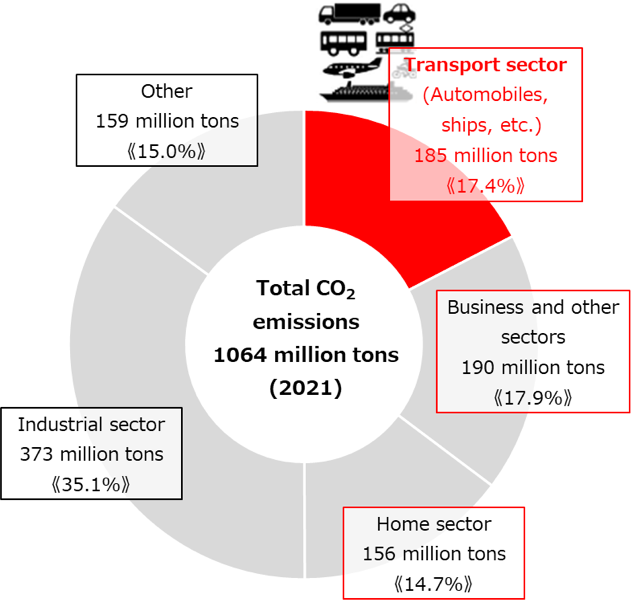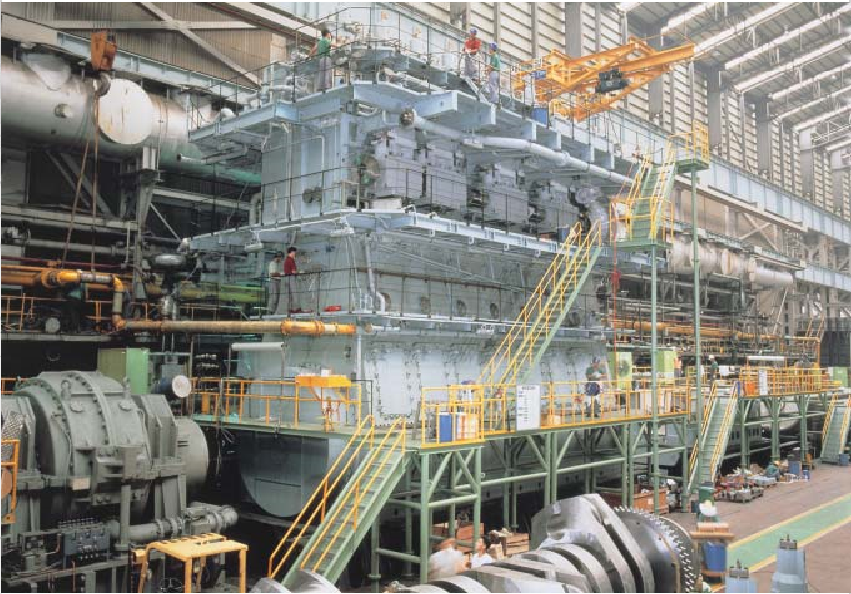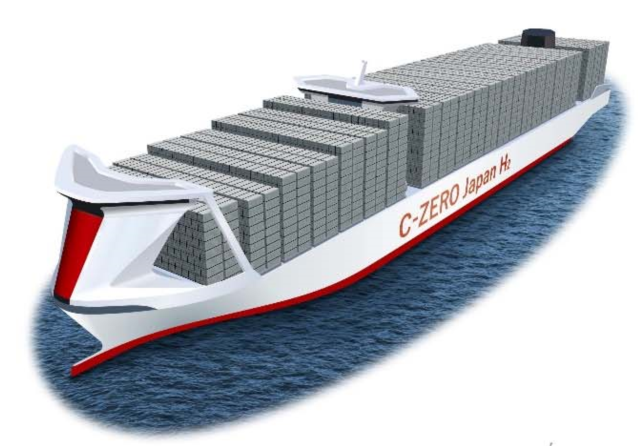High Fuel Economy engine oils

Development of next-generation engine oils
The transportation sector accounts for a significant portion of global carbon dioxide emissions. As a result, electrification of automobiles is being promoted to reduce carbon footprint. (Fig.1).
The number of hybrid vehicles, which utilize internal combustion engines, are expected to significantly increase along with electric vehicles. Therefore, improvement of engine performance and fuel economy with high performance engine oils will continue to be a top priority.
New marine engine oils are also required to improve shipping fuel economy and be compatible with innovative and carbon neutral fuels such as hydrogen and ammonia.

(Source : Ministry of Land, Infrastructure, Transport and Tourism. “Trends in carbon dioxide emissions by the transport sector”)
Development of –ENEOS X PRIME- fuel economy gasoline engine oil
ENEOS has developed ultra-low viscosity engine oils with excellent fuel economy performance using our high performance, synthetic base oil and comb-type polyalkyl-methacrylate polymer.
ENEOS X Prime applies our originally-developed detergents and friction modifiers. These additives significantly reduce friction by promoting formation of a molybdenum disulfide film on metal surfaces (Fig. 2).
The fuel-efficient ENEOS X PRIME series of engine oils realizes enhanced driver comfort by reducing engine noise and vibration in addition to improved fuel economy using our state-of-the-art technologies (Fig. 3).


Development of ship engine oils toward carbon neutrality
The goal of zero CO2 emissions from Global Shipping Industry by 2050 has been set, and in addition to the development of energy-saving technologies, conversion to carbon-neutral fuels such as green hydrogen and ammonia is also being considered by the shipping industry.
ENEOS is working on the development on innovative marine engine oils that contribute to carbon neutrality with low viscosity formulas and oils compatible with exotic, carbon neutral fuels.

(Source : ENEOS Ocean Corporation. “Completion of the 310,000-ton tanker ENEOS OCEAN“ )

(Source : Wärtsilä Corporation. “SUZLER RTA84T Technology review”)

(Source : Ministry of Land, Infrastructure, Transport and Tourism. “Road to Zero Emission from International Shipping”)